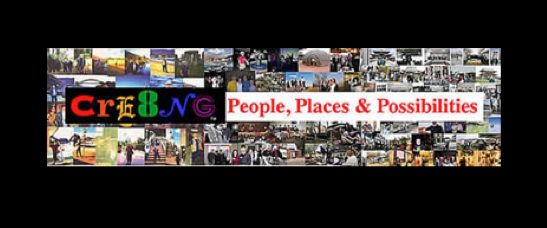
11/26/08 Terrorsits attached 4 hotels and a railway station in Mumbai
Here is what one leader has done since for the people involved.
What Ratan Tata did for the Mumbai victims.... what every Indian should know!Share
Monday, May 10, 2010 at 1:23am
Ratan Tata is the chairman of Indian Hotels who own the Taj Mahal Hotel Mumbai, which was the target of the terrorists on 26/11/08.
Hotel President a 5 star property also belongs to Indian Hotels.
The following is really touching.
What Ratan Tata did for the Mumbai victims.... Don't miss!!!!!!
SALUTE TO MR. RATAN TATA
A. The Tata Gesture
1. All category of employees including those who had completed even 1 day as casuals were treated on duty during the time the hotel was closed.
2. Relief and assistance to all those who were injured and killed
3. The relief and assistance was extended to all those who died at the railway station, surroundings including the “Pav- Bha ji” vendor and the pan shop owners.
4. During the time the hotel was closed, the salaries were sent by money order.
5. A psychiatric cell was established in collaboration with Tata Institute of Social Sciences to counsel those who needed such help.
6. The thoughts and anxieties going on people’s mind was constantly tracked and where needed psychological help provided.
7. Employee outreach centers were opened where all help, food, water, sanitation, first aid and counseling was provided. 1600 employees were covered by this facility.
8. Every employee was assigned to one mentor and it was that person’s responsibility to act as a “single window” clearance for any help that the person required.
9. Ratan Tata personally visited the families of all the 80 employees who in some manner – either through injury or getting killed – were affected.
10. The dependents of the employees were flown from outside Mumbai to Mumbai and taken care off in terms of ensuring mental assurance and peace. They were all accommodated in Hotel President for 3 weeks.
11. Ratan Tata himself asked the families and dependents – as to what they wanted him to do.
12. In a record time of 20 days, a new trust was created by the Tatas for the purpose of relief of employees.
13. What is unique is that even the other people, the railway employees, the police staff, the pedestrians who had nothing to do with Tatas were covered by compensation. Each one of them was provided subsistence allowance of Rs. 10K per month for all these people for 6 months.
14. A 4 year old granddaughter of a vendor got 4 bullets in her and only one was removed in the Government hospital. She was taken to Bombay hospital and several lacs were spent by the Tatas on her to fully recover her.
15. New hand carts were provided to several vendors who lost their carts.
16. Tata will take responsibility of life education of 46 children of the victims of the terror.
17. This was the most trying period in the life of the organization. Senior managers including Ratan Tata were visiting funeral to funeral over the 3 days that were most horrible.
18. The settlement for every deceased member ranged from Rs. 36 to 85 lacs [One lakh rupees tranlates to approx 2200 US $ ] in addition to the following benefits:
a. Full last salary for life for the family and dependents;
b. Complete responsibility of education of children and dependents – anywhere in the world.
c. Full Medical facility for the whole family and dependents for rest of their life.
d. All loans and advances were waived off – irrespective of the amount.
e. Counselor for life for each person
B. Epilogue
1. How was such passion created among the employees? How and why did they behave the way they did?
2. The organization is clear that it is not something that someone can take credit for. It is not some training and development that created such behaviour. If someone suggests that – everyone laughs
3. It has to do with the DNA of the organization, with the way Tata culture exists and above all with the situation that prevailed that time. The organization has always been telling that customers and guests are #1 priority
4. The hotel business was started by Jamshedji Tata when he was insulted in one of the British hotels and not allowed to stay there.
5. He created several institutions which later became icons of progress, culture and modernity. IISc is one such institute. He was told by the rulers that time that he can acquire land for IISc to the extent he could fence the same. He could afford fencing only 400 acres.
6. When the HR function hesitatingly made a very rich proposal to Ratan – he said – do you think we are doing enough?
7. The whole approach was that the organization would spend several hundred crore in re-building the property – why not spend equally on the employees who gave their life?
This is NOT COVERED BY Any NEWS CHANNELS !
I Salute Mr. Ratan Tata..


